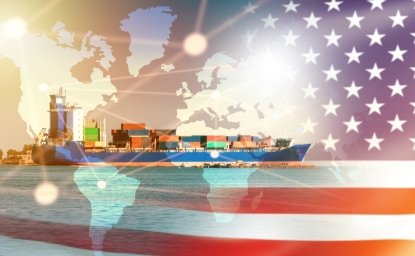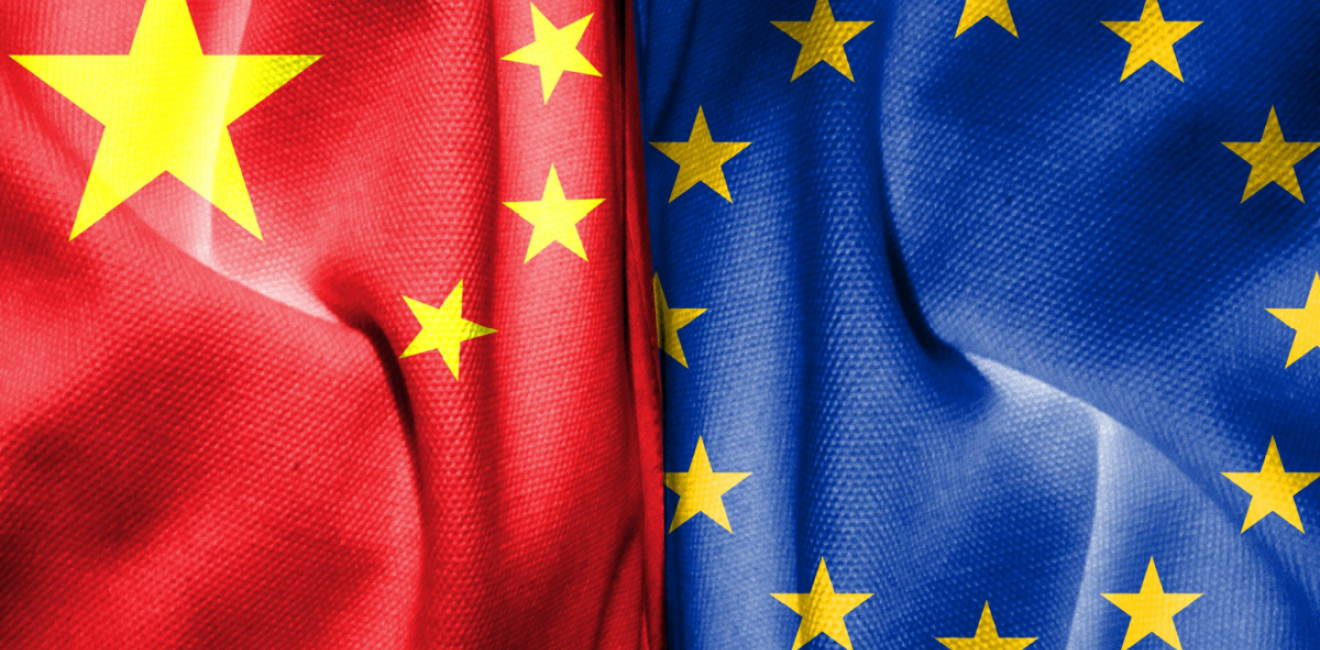We live in an age of rising protectionism and increasing fragmentation into economic blocs, notably blocs led by the United States, China, and the European Union (EU) and their respective trading partners from the Global South and other parts of the world. Yet, these emerging economic blocs are much less integrated and much more fragile than they appear. The latest trade dispute between the EU and China is a good case in point.
Following a lengthy 12-month investigation of China’s endeavors to grant its EV producers favorable market conditions by significantly subsidizing their products, the European Commission in June 2024 announced its plans to sharply increase its existing 10% tariff on Chinese-made EVs. On October 3, 2024, EU governments gave the green light for this strategy to contain the export of Chinese EV products into the EU market. Companies with factories in China, who wish to export their EVs to the EU will be hit with additional tariffs ranging from 7.8% (Tesla) to 35.3% (SAIC) depending on the level of cooperation and transparency they displayed during the EU’s investigation. The new tariffs may be imposed for a duration of up to five years.
Yet the EU is deeply divided on whether to really go ahead with this plan. The new tariffs would be imposed in late October and both the European Commission and China have indicated they will continue negotiating until then to perhaps find a compromise solution. What does this latest trade dispute between the EU and China tell us about the current state of affairs in the EU, the transatlantic relationship, and EU-China relations?
Transatlantic Divisions
Transatlantic relations regarding China remain divided. Although Russia’s invasion of Ukraine in February 2022 and Biden administration’s adept policies have fostered new harmony in the wider transatlantic relationship, differences over how to deal with China persist. Transatlantic allies remain deeply divided when it comes to 5G, TikTok, solar panels as well as EVs. While the Biden administration has imposed tariffs of a 100% on Chinese-made EVs, the EU has imposed a maximum of 45.3% (while continuing to talk to Beijing about possible solutions).
It appears that while the EU has adopted a more hardline stance toward China since the European Commission’s notable 2019 Strategic Outlook, which referred to China as a “partner for cooperation, an economic competitor and a systemic rival,” it still prefers a middle ground approach. The EU did not want to go along with Washington’s intention to almost entirely “decouple” from the Chinese EV market. However, it also wanted to show a firm stance toward China and make sure that Beijing would not continue viewing the EU as “soft”.
Deep Divisions within the European Union
Within the EU the question of how to deal with China is highly contentious, above all for economic and trade reasons. In principle a benign and somewhat good-natured attitude toward Beijing still shapes policy discussions. In particular the two biggest EU members–Germany and France–are keen on avoiding economic disputes and confrontations with Beijing. This, for instance, was demonstrated by the rather accommodating visits to Beijing from German Chancellor Olaf Scholz and French President Emmanuel Macron.
Of the 27 EU members only 10 countries (including France) voted in favor of imposing the new tariffs, while 12 abstained and five countries voted against. Among the latter were Germany, Hungary and Slovakia, with the latter two being the EU governments most friendly toward both China and Russia.
It appears that while the EU has adopted a more hardline stance toward China since the European Commission’s notable 2019 Strategic Outlook, which referred to China as a “partner for cooperation, an economic competitor and a systemic rival,” it still prefers a middle ground approach.
Germany did not vote against the tariffs for free-trade reasons. Instead, Berlin fears Chinese retaliation and the imposition of tariffs on its luxury carmakers BMW, Volkswagen and Mercedes. The German car manufacturers continue to make much of their albeit declining profit margins in China. The car industry accounts for more than five per cent of Germany’s GDP. “There is no joint strategy on China,” an EU diplomat told the Financial Times recently, “we’re basically just muddling through.”
The EU’s Tariff Policy on China may work - perhaps
Yet, the EU’s moderately hardline policy on China may prove effective this time. In early September 2024, Chinese car manufacturers offered to limit the number of EVs they would export to Europe as well as raise their sales prices so that European EV producers would be able to compete. But the European Commission deemed the proposals insufficient. China’s leading electric auto and battery producers, such as BYD and CATL, are likely to make new and improved offers in the coming weeks.
Moreover, Chinese car and battery manufacturers have started setting up factories in European countries, such as in Hungary and elsewhere, to circumvent tariffs. This means that European countries will benefit from the huge investments in these new factories, including the employment of local workers and other contributions to the local economies. Additionally, there are also environmental benefits. Increasing the sale of EVs–regardless of who makes them—rather than traditional cars will help reduce air and noise pollution and overall improve the environment. Thus, the EU’s imposition of new tariffs on Chinese EV producers may benefit the European public.
However, calculations show that even if Chinese EV manufacturers factor in the 45% tariffs imposed by the EU their electric cars will still be highly competitive in both price and possibly quality compared to those manufactured by European producers. They could still achieve a profit margin of 8% per vehicle, which is higher than their margins in the Chinese market.
Chinese car and battery manufacturers have started setting up factories in European countries, such as in Hungary and elsewhere, to circumvent tariffs. This means that European countries will benefit from the huge investments these factories will have to employ local workers and contribute to the local economies.
Outlook
Thus, one way or another, the dominance of German and Japanese car industry in Europe and globally is bound to come to an end. The question is only how long this process will take. While the EU and the United States may well be able to delay it for some time, it is unlikely that it can be stopped altogether–unless the European, Japanese and US EV manufacturers manage to produce high-quality EVs at globally low competitive prices.
Author

Richard M Krasno Distinguished Professor in History & International Affairs at the University of North Carolina at Chapel Hill

Global Europe Program
The Global Europe Program is focused on Europe’s capabilities, and how it engages on critical global issues. We investigate European approaches to critical global issues. We examine Europe’s relations with Russia and Eurasia, China and the Indo-Pacific, the Middle East and Africa. Our initiatives include “Ukraine in Europe”—an examination of what it will take to make Ukraine’s European future a reality. But we also examine the role of NATO, the European Union and the OSCE, Europe’s energy security, transatlantic trade disputes, and challenges to democracy. The Global Europe Program’s staff, scholars-in-residence, and Global Fellows participate in seminars, policy study groups, and international conferences to provide analytical recommendations to policy makers and the media. Read more

Explore More
Browse Insights & Analysis
Understanding Trade Promotion Authority (TPA): Implications for US Trade

The Innovative Landscape of African Sovereign Wealth Funds




